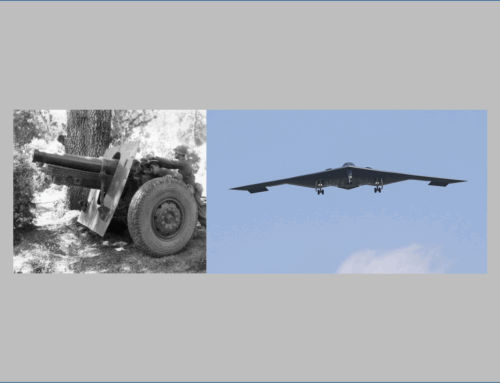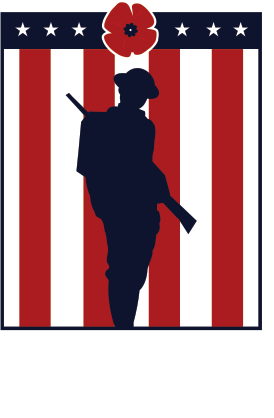Letters Home: From William E. Olsen to his wife, Gertrude Christine Sudor, During World War I
Published: 5 December 2024
By Judy Olsen
Special to the Doughboy Foundation website

Letters
In 1918, Will Olsen went off to the Great War, leaving behind his pregnant wife, Gertrude. Fortunately, his weekly letters home were saved. Will and Gertrude's granddaughter, Judy Olsen, has transcribed the letters as part of a family history book that brings this family war story to life 100 years later.
In 1918, Will Olsen went off to the Great War, leaving behind his pregnant wife, Gertrude. Fortunately, his letters home were saved. In the early 1990s, I stumbled upon those worn, yellowing letters in a shoebox in the attic of my parents’ house. My paternal grandfather, William ‘Will’ E. Olsen, wrote home nearly every week. He served as a private in horse-drawn ambulance company #20 in the Sixth Sanitary Train, Sixth Division, Army Expeditionary Forces from May 2, 1918 until June 25, 1919.
Transcribing the letters was a way to preserve his words for future generations. As I typed, I recalled that I had inherited some of the items he mentioned: a German pickelhaube helmet, drawings, a painting, postcards, documents, his torn bugle manual, and his tunic and “sammie” cap. Those images could add to a book that would capture the interest of Will’s descendants, weaving together a narrative around his letters, images, and heirlooms.
The project morphed into something much larger as I went down rabbit hole after rabbit hole – researching locations, military histories, modes of transportation, the Spanish Flu, small details like the soap he used, churches he visited, military postmarks, Christmas coupons, maps, and more to flesh out his war-time experiences and show the human side of a soldier during the Great War. The result is my book Letters Home: From William E. Olsen to his wife, Gertrude Christine Sudor, During World War I.
The saying that “it takes a village” was definitely true in this case. Along the way, I searched collections from the Library of Congress, the Imperial War Museum, and the Minnesota History Center. I consulted the World War I Centennial Commission, the National World War I Museum and Memorial, Ancestry.com, and other sources. My cousins shared images of heirlooms they had, including his bugle, his dog tags, and souvenirs he brought home. One cousin even has the original telegram he received in France, notifying him that he had a new baby girl. My great-nephew and niece posed, wearing Will’s tunic and overseas cap while holding a photo of their great-great-grandfather in the same uniform 103 years earlier. Everyone I contacted for information or permission to use quotes or materials kindly assented.
 One touching surprise in the letters was a few wildflowers Will had picked and sent home to Gertrude as a symbol of his affection. Those dried flowers are still in the envelope and retain much of their color!
One touching surprise in the letters was a few wildflowers Will had picked and sent home to Gertrude as a symbol of his affection. Those dried flowers are still in the envelope and retain much of their color!
 After two and a half years, the 200-page book has been published, and copies have been given to many relatives and donated to local historical societies.
After two and a half years, the 200-page book has been published, and copies have been given to many relatives and donated to local historical societies.
Because my grandfather died when I was 14 years old, I never heard him recount memories of his war-time service. However, this research and my immersion into the World War I era gave me new insights into a time of great conflict in the world and how it has impacted generations. Writing the book felt like a tribute to my Grandpa and enriched my life. I urge everyone to explore their ancestor’s World War I experiences and share them with family.
External Web Site Notice: This page contains information directly presented from an external source. The terms and conditions of this page may not be the same as those of this website. Click here to read the full disclaimer notice for external web sites. Thank you.





